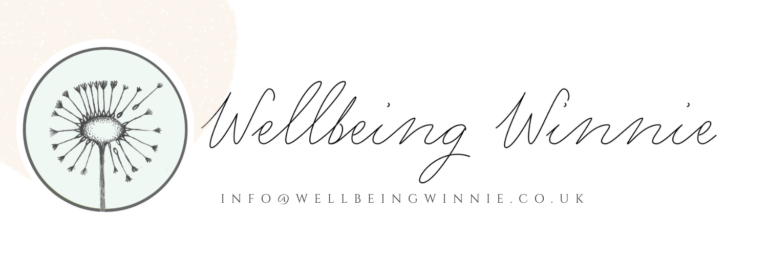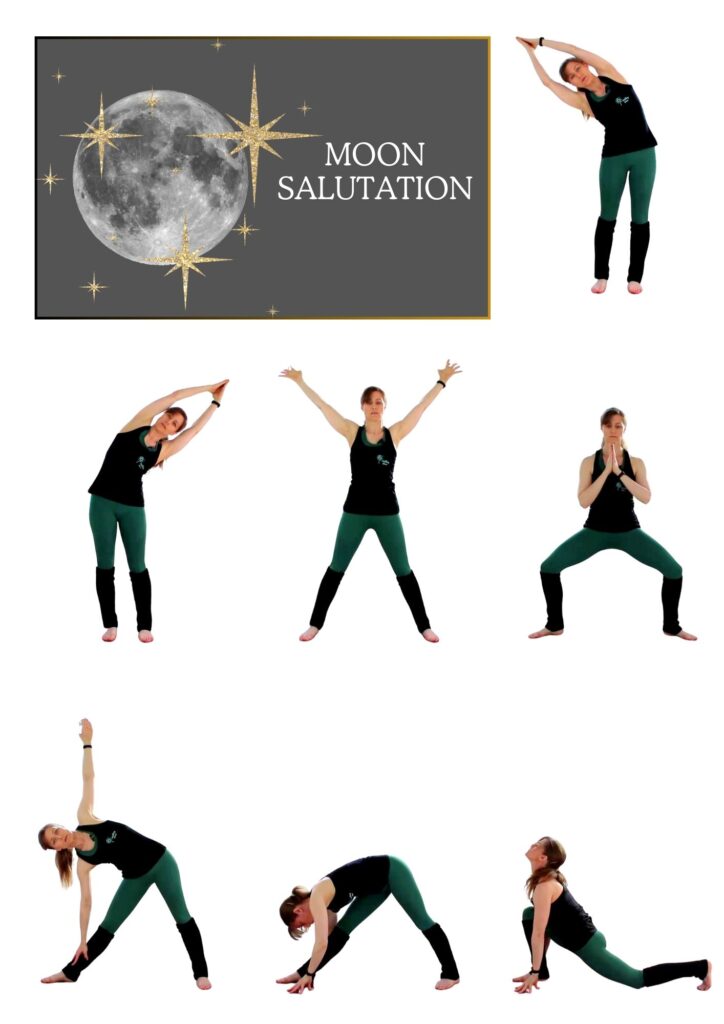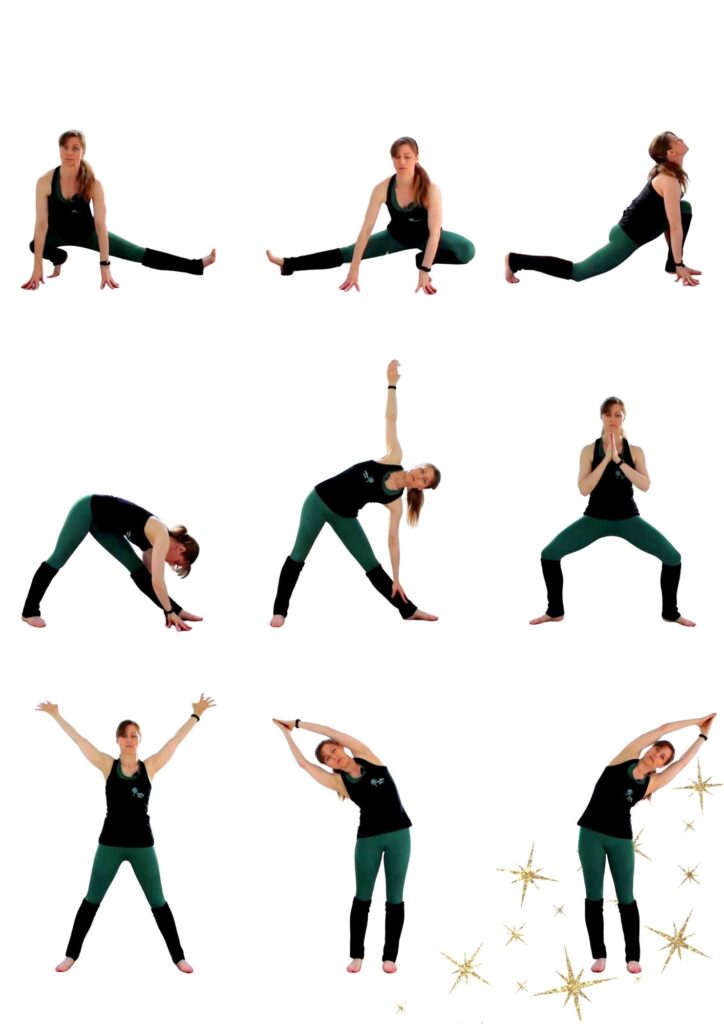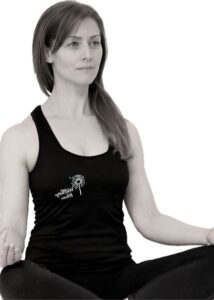Contact Us
- (+44)7967701703
- [email protected]
- Leicestershire UK

I don’t know about you, but as I write this on the 11th of December, I’m well into the need for hibernation. The days are short, the nights are long, and the weather is getting colder by the minute. All I want to do is curl up in a warm bed with a good book and forget about the world for a while.
I know I’m not alone in this feeling. Many people feel the same way about winter. It’s a time to slow down, relax, and recharge our batteries. So if you’re feeling the winter blues, don’t despair. Embrace the season and take some time for yourself. Curl up with a good book, watch a movie, or nap. And if you need to, go ahead and hibernate for a few days. Your body and mind will thank you for it.
Of course, there are still some things to enjoy about winter. The snow is beautiful, the holidays are fun, and plenty of cosy activities keep me entertained. But it’s important to remember that winter is also a time to rest and rejuvenate. So don’t feel guilty about taking some time for yourself. Your health and well-being are important, and winter is the perfect time to focus on them. That’s why I’m sharing this beautiful flow with you, perfect to help support your mind body and soul during the winter season.
Moon salutation (Chandra Namaskar) is a gentle sequence of yoga poses that is designed to cool the body and mind, generally performed at the end of a practice to help the transition of the body from a state of activity to a state of rest. However, this restorative flow is more often done as a stand-alone flow for calming and restorative practice.
At first glance, we can see that it can help in stretching your rib cage, shoulders and hamstrings. Releases tension through the spine and hips whilst, exploring your lunar energy.
This energy is our feminine (yin) which is gentle, and ‘cooling’ as opposed to its counterpart, the sun energy which is masculine (yang) invigorating and ‘heated’ empowering, usually cultivated by the well-known Sun Salutation (Surya Namaskar). And as with the Sun Salutation, every movement with the Moon Salutation happens on a breath.


The sequence of poses in a moon salutation typically includes:
Each pose is held for a few breaths, and the sequence is repeated several times. Moon salutations are a gentle and accessible practice that can be enjoyed by people of all levels of fitness. They are a great way to relax the body and mind, and to promote a sense of peace and tranquillity.
The Moon Salutation is most often practised with a new moon or full moon. However, whether the moon is waxing or waning you can practice it any time you need a more calming yoga session, For example, it is a great way to wind down at night before going to bed. Just like the moon changes during its monthly cycle, you and others are also constantly moving through different phases. Therefore, use this flow to connect your natural rhythms with that of the natural world around you. Which, during some practises will tend to be quicker, eventually slowing as the body releases tension. The poses of the Moon Salutation will help to calm your thoughts and draw your attention inward.
I have seen many variations of this, and all are correct. This is your personal journey, so if you feel like adding or removing a movement to the sequences, then allow the creativity to happen, and follow that intuitive feeling. Our Yin energy is all about the ‘feels’, or intuition. It is that knowing we have when the physical proof is not present.
I suggest following the video in the subscription library to learn and gain confidence with the sequencing, and then continuing the flow with only your own guidance.

Personal, business and spiritual development coaching, yoga classes and private tuition, wellness consultancy.
Hello, I am Anna the creator of WellbeingWinnie – my dream that grows bigger and more exciting everyday, inspired because of an illness called myalgic encephalomyelitis (M.E) which I have had for 25 years.